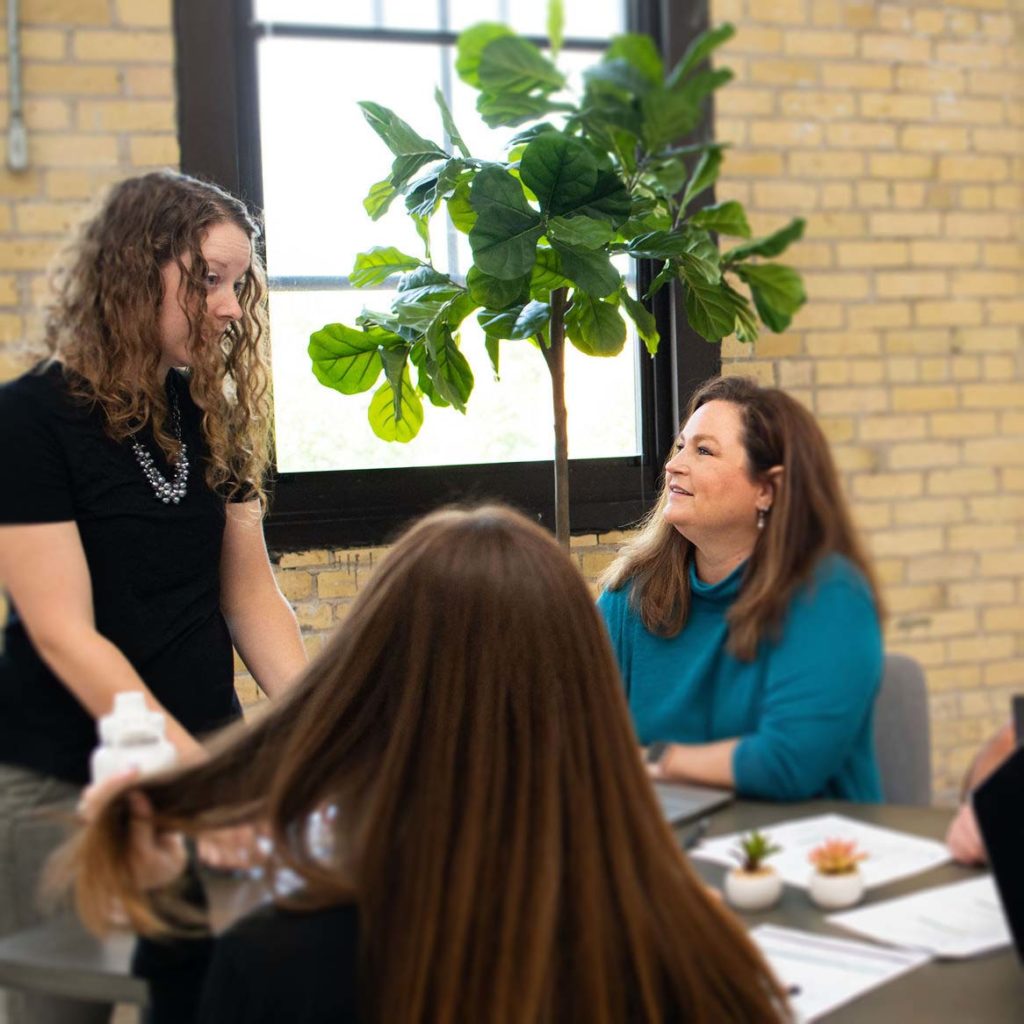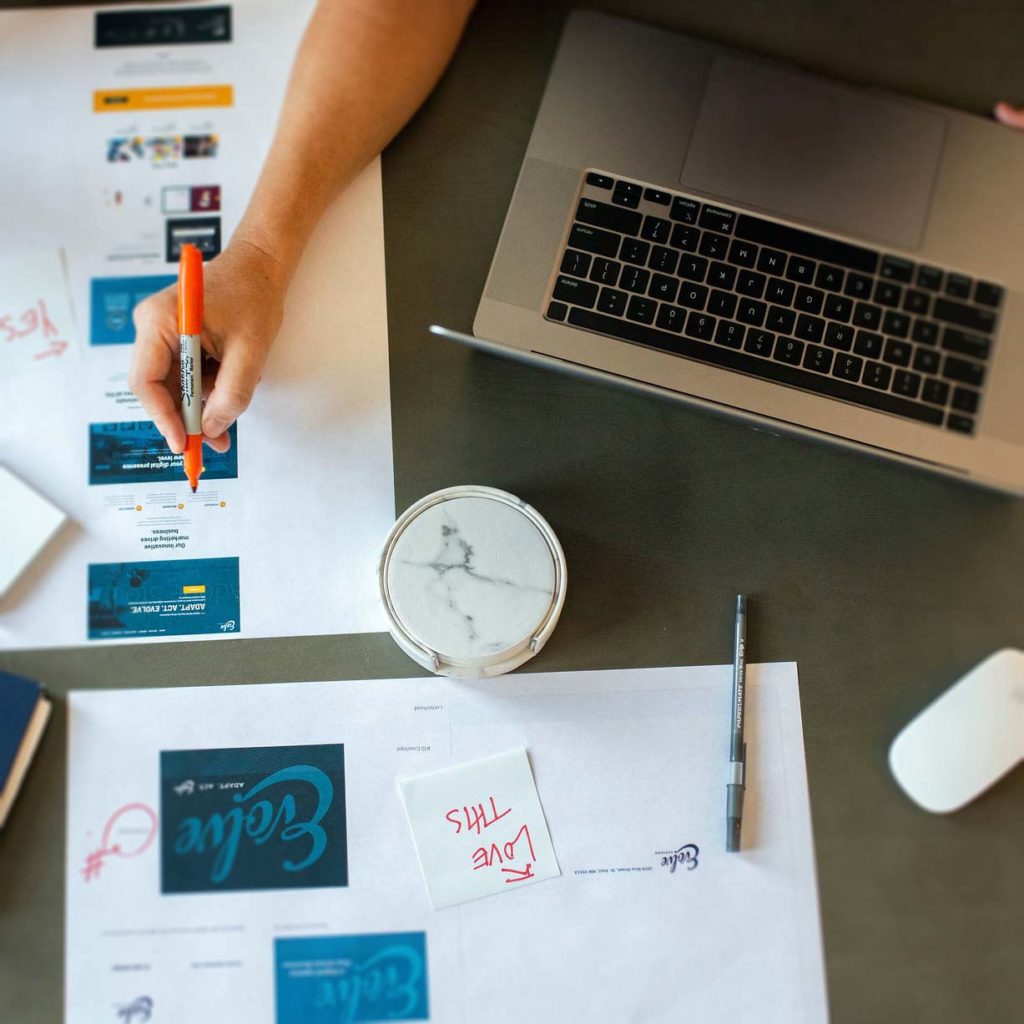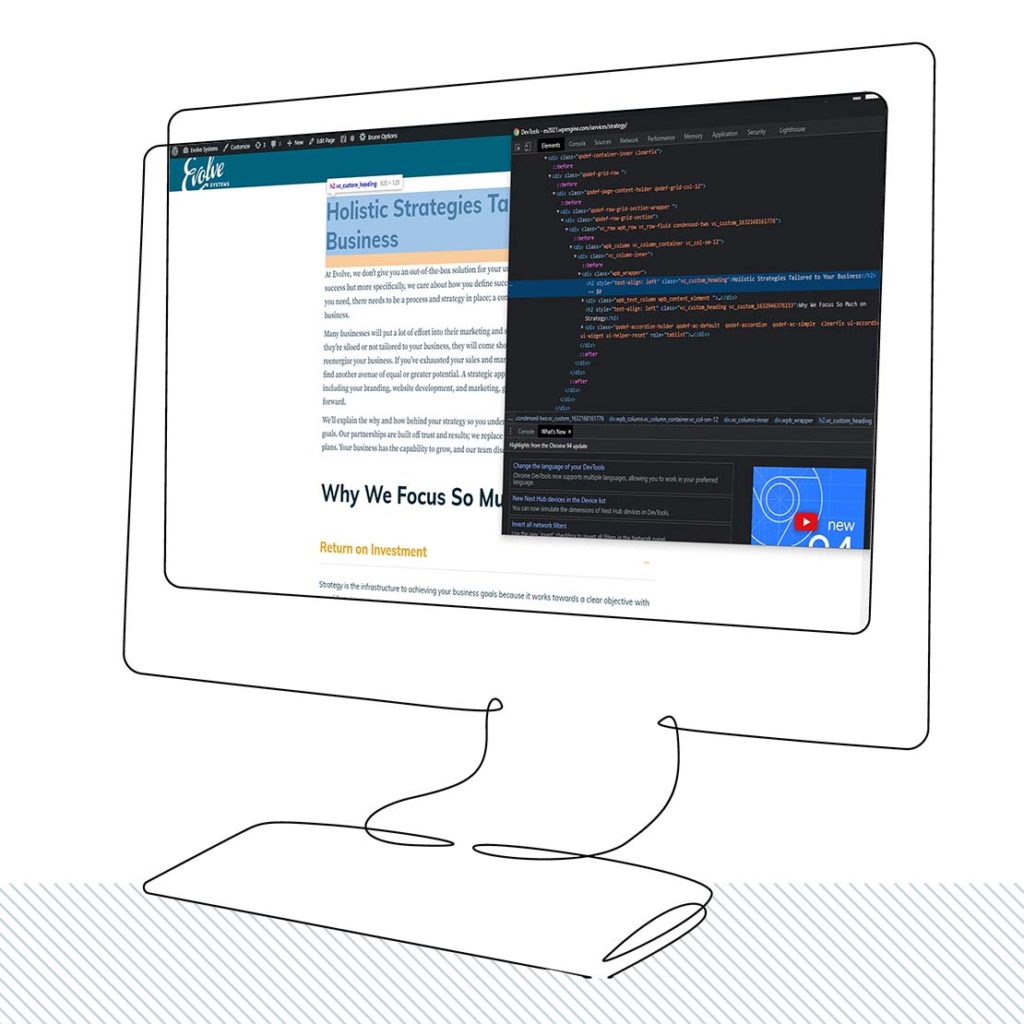The Process Behind Delivering Your Results
Our proven five-step process is the blueprint for how we lead our clients. We focus on your business’s goals to provide strategic and thoughtful leadership at every step. This is how you receive measurable results.
STRATEGY
Our discovery session allows us to get to know you and creates a full understanding of your business’s direction so we can create a customized plan to map out how to reach your goals.
DESIGN
We focus on aligning your branding and design materials with your business for a cohesive visual identity. This ensures all work going forward represents who you are and what you offer.
DEVELOP
Our developers build sites on the right platform to ensure your website is a measurable marketing tool that meets the needs of your unique business and digital opportunities.
MARKET
Based on your business goals, we create a marketing plan and execution strategy that delivers measurable results so you can precisely understand your ROI and ROT (return on time).
SUPPORT
As the digital world and your business evolve, our website support programs and hosting services ensure your #1 marketing tool (your website) continues operating at its highest level.
Strategy
Your plan for growing
We transform your unique business goals into a tailored plan so we lead with purpose and you receive the results you care about.


Branding
Your business’s identity
Branding is the emotional bridge between you and your target audience and has the potential to build unparalleled value, trust, and loyalty
Website Development
CMS Websites
Your website should be your #1 marketing tool. Make your site work for you and reimagine your business opportunities for marketing online.
Ecommerce
Sell more online and increase your revenue with an online store that acts as a salesperson to funnel and convert your customers.

Marketing
Strategic, goal-oriented marketing will give you the opportunity to grow your business and keep up with your competition as business quickly shifts to the digital world.
Digital Marketing Plan
Follow a plan based on your business’s evolving priorities and build a conversion-worthy online presence.
Content Strategy
Create content that will resonate with your audience through consistent messaging across multiple channels.
Marketing Automation
Automate your marketing activities with personalized communication and a strategic customer journey.
PPC & Online Advertising
Boost your paid ad return on investment with an expert-led and cross-channel advertising strategy.
SEO
Increase your website’s organic ranking, get in front of your ideal audience, and grow your quality site traffic.
Measurement & Reporting
Know how your marketing strategies are performing with clear and timely reports that show the achievement of your goals.

Website Support
Technical Webmaster Services
We maintain your site’s backend so your site functions at the level you and your audience expects.
Hosting
Keep your website performing at max capacity with a server that can handle your site’s growing needs.
Are You Ready to Receive Measurable Results?
"We have a real brand now, and we couldn't be happier!!!"
Henry Cox Operations Representative, Fello Logistics “
"Working with the team at Evolve has been such a pleasure. Their communication, tools, and reporting are above and beyond. Also, their customer service and responsiveness are top-notch. Oh yeah, and the results speak for themselves. Excellence all around - and a bonus, they are local and in our backyard. Thank you Evolve Team!! I appreciate partnering with you and our Orchards community as well as the other Ebenezer communities we support together."
Kirk Goetz Corporate Marketing Consultant “
“Nearly every owner I have ever worked with said they wanted to get top dollar for their business, yet most of them don’t have the proper growth and exit strategies in place that would warrant a top-dollar offer.”
Julie Keyes CEO, KeyeStrategies “
“Evolve Systems' partnership has made a big impact in the strategic growth of our web presence, taking our vision and bringing it into reality. We have peace of mind in knowing we're supported in the day to day, and we have a valuable resource when we need creative solutions. We feel confident Evolve keeps our website running at peak performance to help us drive bottom-line growth.”
Mandy Bastyr Marketing Manager “
"We are proud of our new website and its ability to promote and support our mission to end Veteran homelessness in Minnesota. Your understanding of the nonprofit and Veteran sectors allowed us to trust the process and see real results in our community. A big thanks to the Evolve Systems team!"
Shaun Riffe Director of Development “
“Not only do the people at Evolve Systems give back to their clients by providing great web development and merchant processing services, but they also give back to the community. They are a great company to work with.”
Eric Tiffany Agent, Tiffany Insurance Agency “
“Don Raleigh III is a very knowledgeable resource. Don and everyone at Evolve Systems is on top of their game, and it goes to benefit the end user, which is you! Highly recommend!”
Jeff Anderson Owner, Exteriors Unlimited “
“Thank you Evolve Systems for making the tech stuff easy to understand. We are excited by your proposal that will help our group re-brand and re-fresh with a new web presence.”
Erika Dragich Board Member, Minnesota Mortgage Association // Owner, Mega Star Financial “
“Knowledgeable staff that leads you through the process. Up to date on what is needed to make sure your site has all the functions you need and also everything the government requires you to have.”
Anita H Sales & Marketing, Seven Corners Print and Promo “
“Anchor Paper & its Express Retail Stores have had the pleasure of working with the Evolve Systems team for several years. They are prompt and knowledgable, and have been a valuable resource for our company.”
Brooke Lee CEO, Anchor Paper “
“Williams and Hall Outfitters has worked with the Evolve team for several years. Evolve has great people and great customer service. Their response time to our issues is quick, and dedication to our success is strong.”
Kevin Lynch Co-owner, Williams and Hall Outfitters “
“Evolve Systems does a great job in sharing their content and being a thought leader in the marketing world. They have a pulse on the industry, and if you are considering a website or marketing project, consider Evolve Systems”
Kate Mudge Executive Director, Hamline-Midway Coalition “
“Extraordinary customer service with access to real people who genuinely care. Highly recommend! They make the complex simple and consistently go above and beyond.”
Joe Johnson Founder, Trust Vets “
“Our experience at Evolve Systems in design and since has been very positive. They have always made sure our questions are answered and followed up on our satisfaction. We look forward to continuing to work with them in future developments of our mnme.us site to serve MN 'military connected'!”
Ali Alstrin Executive Director, MNme “
“Evolve has created two websites for non-profits that we coordinate. The online giving increased 100% once our website was updated. We highly recommend the services that Evolve has to offer.”
Jerry and Jana Kyser Honor Flight Twin Cities, Minnesota Vietnam Veterans Charity “
“I have had the pleasure of sitting in on many client meetings with Evolve systems and I am very impressed with their professionalism. They come to meetings prepared and with great ideas as well. I would use them and will recommend them when the opportunity presents itself.”
Angela Bulson Talent Development, Warner's Stallion “
“Such an awesome team here at Evolve. They start with your brand, walk you through a branding strategy, marketing strategy and truly set you up for success. They don’t leave you high and dry after setting up the strategy and their follow up is great. I love the company and their staff!!!”
Whitney Emanual Owner, Founder, Whitney Wealth Group “
“Professional expertise delivered by a team who really care to make your business more well known, respected and successful. My Marketing spend has seen return on investment much sooner than expected. Highly recommend!”
Julie Keyes Owner, Founder KeyeStrategies “
“Evolve is our ongoing strategic partner for SCN Inc.’s digital presence and website. We rely on the Evolve team to respond quickly to our business needs while providing valuable and thoughtful leadership. We’ve worked with their team for many years now, and the responsive communication and wide range of capabilities allow them to respond to our different projects to reflect our manufacturing goals.”
Scott Adams Vice President, SCN Printing Inc. “
“We have worked closely with Evolve Systems for over 7 years to facilitate a variety of marketing objectives including the continuous improvement of our website, upgrading our CRM system and developing a strategic marketing program. We value Evolve’s commitment to our business and consider their support to be a key contributor to our growth.”
Paul Ebnet President & CEO, Straub Design “
“Working with Evolve Systems has been a great experience! They have made sure they understand who we are, details in what we provide (which can be quite complex), and what our goals are. They provide us great strategies, recommendations, and support to then reach our goals, adjusting each month depending on what’s working and what’s not. We have worked with a few different digital advertising and website developers, but Evolve Systems has been the most comprehensive and organized of them all. I would recommend any company, big or small, to put their trust and business in their hands”
Rachelle Strasburg Corporate Marketing Consultant, Ebenezer Senior Living “
“From start to finish, Evolve Systems is a professional team that seamlessly guided us through the process of building our new website, giving us valuable information about how to increase our presence in the World Wide Web.”
Lisa Wallraff Office Manager/Controller, Gunderson Construction “
“From merchant process to inventory management, Evolve's technical background helped to improve the function of our online store, improving our ability to serve and sell directly to our customers. On top of that, the Evolve team was incredibly easy and enjoyable to work with. Thanks Evolve!”
Anne Hed CEO, HED Cycles “
"Thank you so much! This [website] is completely changing the way we do our business!"
Sharleen Grahn “
“We interviewed with two other website companies and felt most comfortable with your team, after going through your process, we think you nailed it.”
Katie W. Office Manager, Gary Anderson Landscaping “
“Evolve keeps things simple. They bring a personalized approach to our website and marketing strategies so that the agreed-upon plan aligns with our current business needs and opportunities. With Evolve, we have a partner at every pivot and need. They have the people and experience to get things done.”
Marissa Bauer Owner and President, SafetyFIrst Playground Maintenance “
“At YESS!, we believe effective communication and leadership delivers success. They’ve helped us with our online store while delivering results on short timelines. They have a responsive and positive approach, and we’ve enjoyed working with everyone on their team.”
Sue Hawkes CEO, YESS! “
“I reached out to the team at Evolve Systems and we discussed a solution that would ensure the [website] core of our system was managed, as well as the front end of our site. As a result, our website is now faster, more secure, and stable. The Evolve tech team is extremely responsive, and I receive a monthly report detailing the work that was performed. If your company relies on your website as its #1 marketing tool, I recommend investing in the WMP to ensure you’re protecting your most valuable marketing asset.”
